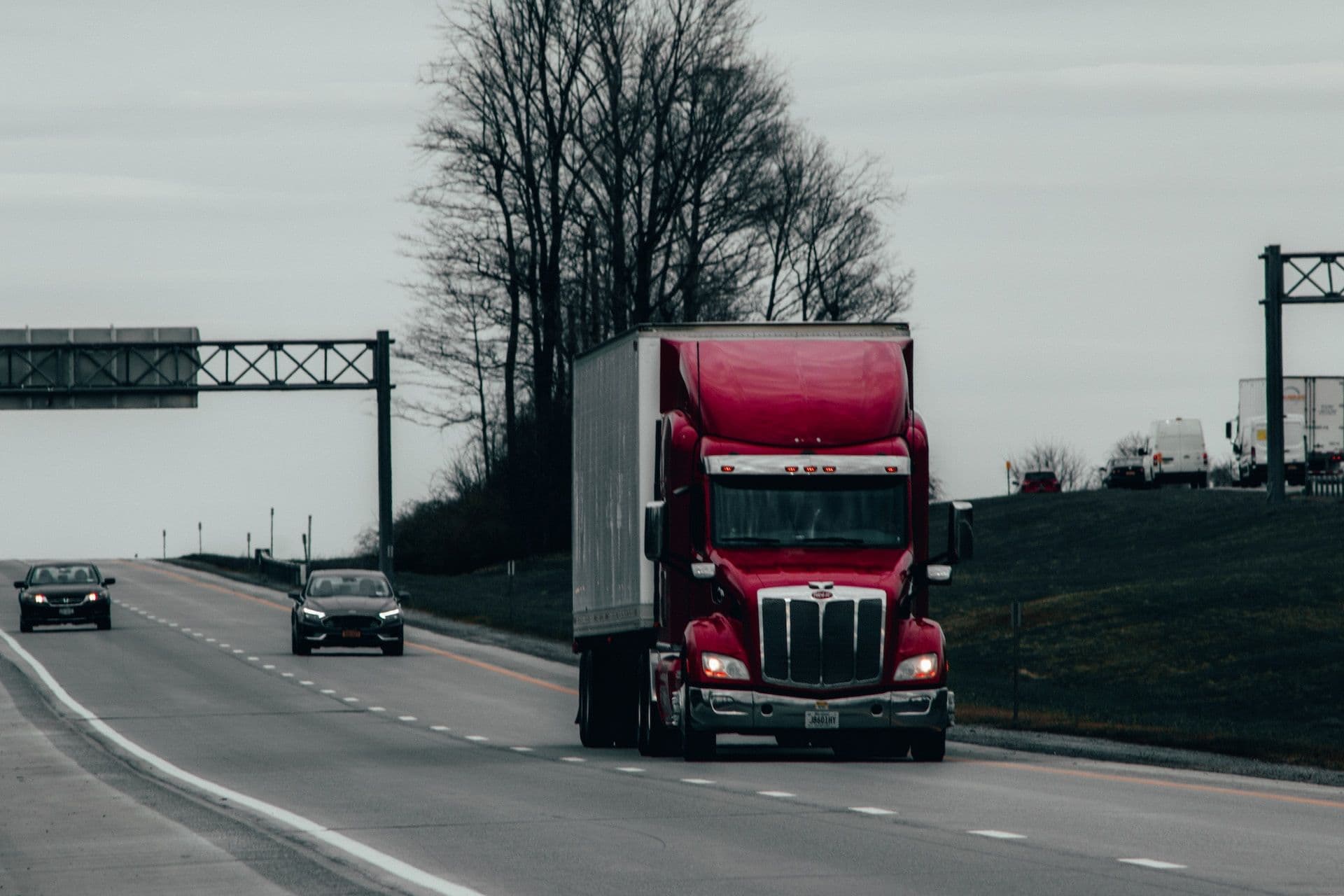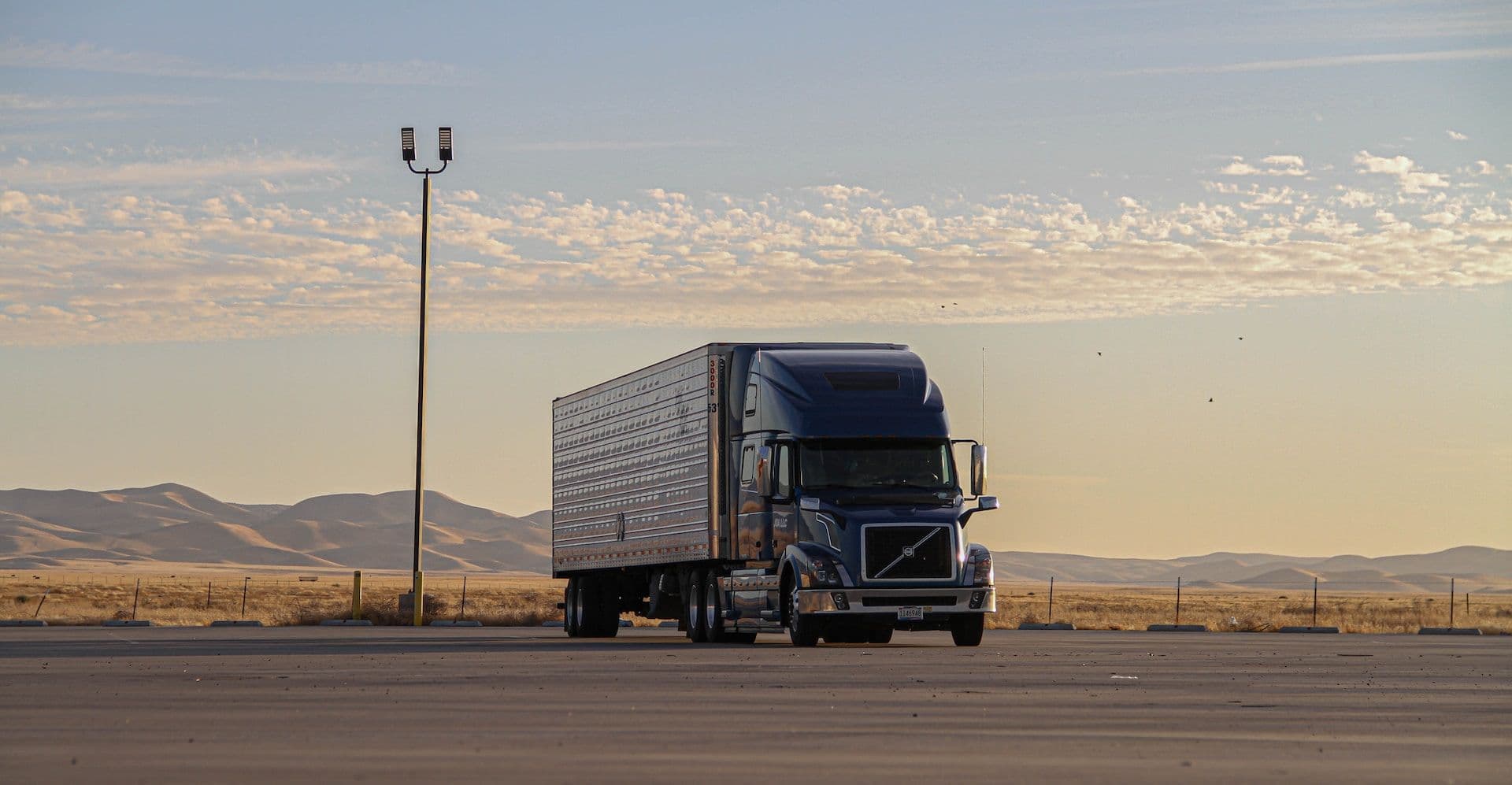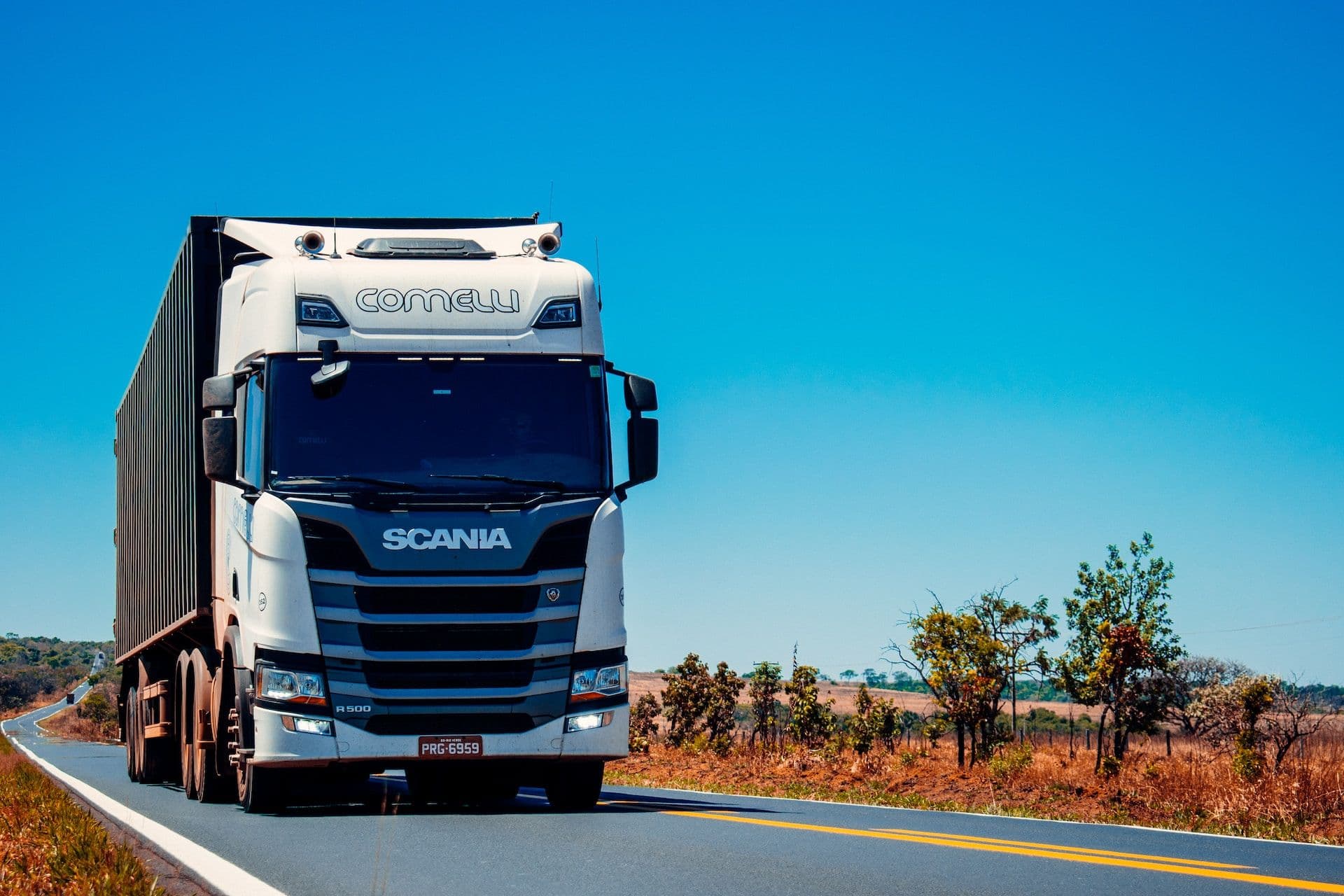Navigating Challenges: Port Efficiency Under Pressure at TRB
WASHINGTON, D.C. — Maritime stakeholders gathered to tackle pressing issues that threaten port efficiency, from harbor dredging to the infrastructure required for alternative fuels. This comprehensive discussion took place during the 104th annual meeting of the Transportation Research Board (TRB), despite the challenge of a rare snowstorm.
The conversation at TRB was fueled by current events impacting port operations, including labor disruptions, congestion, and shifting trade patterns. These inefficiencies pose significant challenges, as port operators strive to offer competitive services amidst potential longshore strikes that could halt essential imports.
Urgent Infrastructure Developments
The critical subject of dredging was addressed, emphasizing its importance for commercial ports aiming to accommodate larger vessels. The Port of Virginia's congressional approval for 54-foot dredging—deepest on the East Coast—highlights the competitive stakes involved. This significant depth allows the port to manage larger cargo flows, potentially disadvantaging other East Coast competitors.
Anchorage and Safety Concerns
Beyond dredging, the often-overlooked topic of ship anchorages was also explored. Meetings attendees emphasized the importance of these areas, noting that data collection and analysis are necessary to improve utilization. The conversation underscored the challenges of safely navigating massive Ultra Large Container Carriers (ULCCs) through narrow emergencies like the Kill Van Kull Strait.
The Sustainability Challenge
With an eye on future sustainability, the transition to alternative fuels by ocean carriers took center stage. European advancements in dual-fuel and alternative fuel vessels, like ammonia and methanol, have spurred an international race to support next-generation fueling systems. Attendees recognized that while California ports are leading, others must catch up quickly.
PortMiami's efforts to develop 'cold ironing' electric infrastructure faced hurdles with the local electrical grid, prompting further study by MIT. Understanding these challenges is crucial as global reductions in greenhouse gas emissions remain a priority.
A Transforming Supply Chain Landscape
The sessions at TRB further spotlighted the complex dynamics of supply chains. With significant investments by China in Mexico's logistics infrastructure, questions arose about its impact on the U.S. rail system and port logistics, notably relating to Port Houston and Laredo.
Finally, the meeting explored the evolving definition of ports, beyond traditional maritime facilities to include intermodal hubs like Indiana’s Port of Burns Harbor, illustrating a broader shift in logistics strategies.
In conclusion, the TRB meeting outlined both the complexities and opportunities in modern port operations. As stakeholders grapple with these issues, the need for comprehensive solutions and strategic foresight becomes increasingly clear.
For further insights and articles by Stuart Chirls, visit our Shop, Register, or explore our Help Center for assistance.


